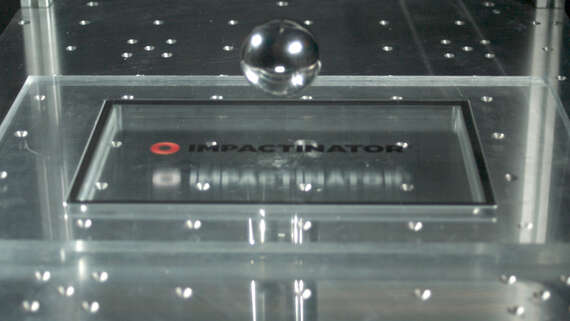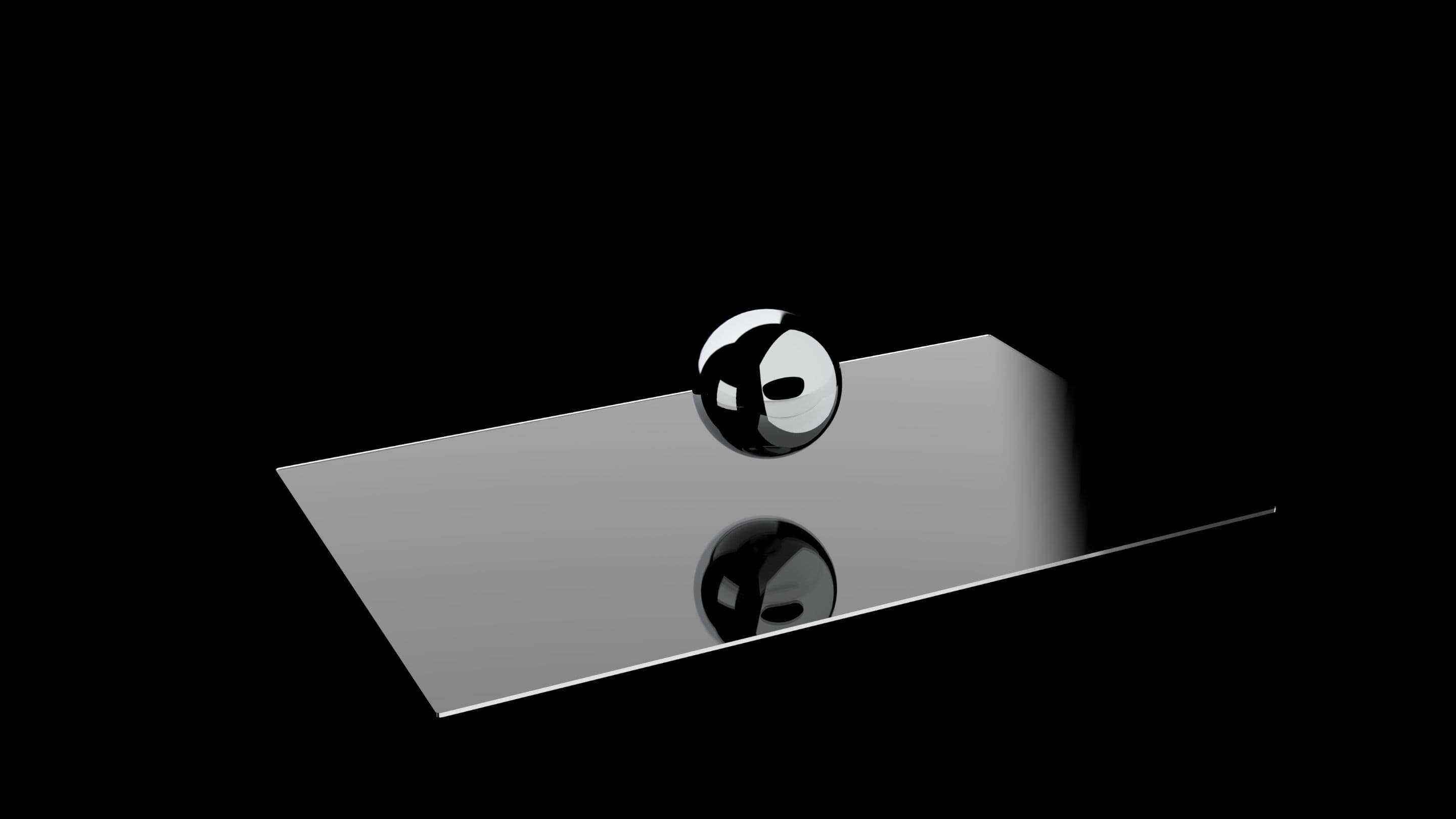What is the Leeb rebound Test?
What is the Leeb Rebound Test?
The Leeb rebound test is a method for testing material hardness that relies on measuring the rebound velocity of a diamond-tipped body after it impacts a sample. This test is quick and non-destructive, offering a fast way to measure hardness without damaging the material. The ratio of the rebound to the impact velocity gives the Leeb hardness value, a reliable indicator of material hardness.
History and Development
Developed by Dietmar Leeb in the 1970s, this test transformed how industries measure hardness. Before the Leeb test, methods were time-consuming and often required destroying samples. Leeb’s innovation provided a fast, non-destructive alternative. Over the decades, technological advancements have improved its accuracy and usability, making it a go-to method in many industries.
How the Leeb Rebound Test Works
In this test, a hard impact body is propelled against the material's surface, and the rebound velocity is measured. The higher the rebound velocity compared to the impact velocity, the harder the material. This method is valued for its quick and non-destructive nature, providing immediate results with minimal preparation.
Applications of the Leeb Rebound Test
The Leeb rebound test is used across various industries, from metal production to aerospace. It’s especially useful for testing large and heavy components where traditional methods fall short. Industries depend on it for quality control, ensuring materials meet required hardness standards. It’s commonly used for testing pipelines, turbine blades, and large castings, offering a reliable way to assess material properties quickly and efficiently.
Advantages of the Leeb Rebound Test
The test’s primary advantages are its portability and non-destructive nature. The compact equipment can be easily transported for field testing. The test itself is quick, providing immediate results, which is crucial in fast-paced production environments. Its accuracy and repeatability make it a trusted method for evaluating material hardness.
Interpreting Leeb Hardness Values
Leeb hardness values can be converted to other hardness scales like Rockwell or Vickers using standardized charts. It’s important to consider factors such as material type and surface condition, as they can influence results. Proper interpretation ensures that hardness values accurately reflect the material’s properties, aiding in informed decision-making for quality control.
Calibration and Maintenance
Regular calibration and maintenance of Leeb testing devices are essential for accurate measurements. Calibration involves comparing the device against known standards, ensuring precision. Routine maintenance, including cleaning and checking for wear, keeps the device reliable. Interelectronix offers support to ensure your testing equipment remains in top condition, providing consistent and accurate results.
Challenges and Solutions
The Leeb rebound test has challenges, such as surface roughness and material heterogeneity affecting accuracy. Addressing these issues with proper surface preparation and specific impact devices can enhance results. Interelectronix provides expert guidance to help you navigate these challenges, ensuring you get the most accurate and reliable results.


